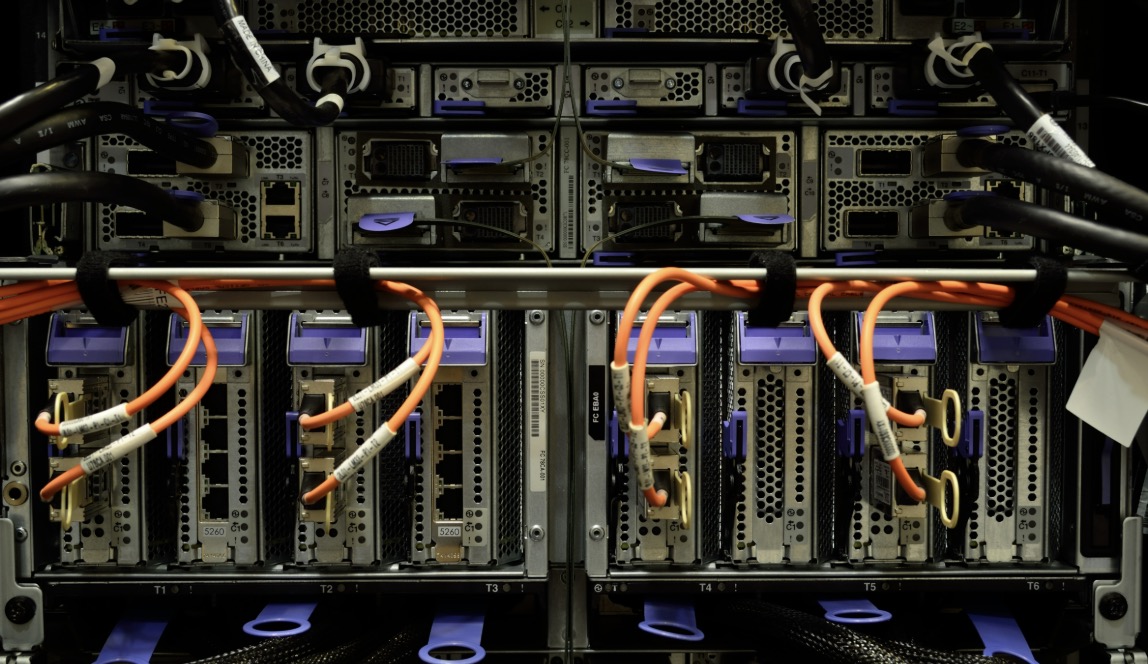
Managing IBM Power Systems with Virtual I/O Servers (VIOS)involves a variety of tasks such as mapping disks, configuring Fibre Channeladapters, setting up Shared Ethernet Adapters (SEA), and managing IP networks.Below is a practical one-page guide covering key VIOS administrative commandsand how to use them effectively.
Before mapping disks to client LPARs, check for availablephysical volumes using:
lspv -free
lspv -free | grep vpath # ForvSCSI/vPath devices
a. Assign full disk without a custom name:
mkvdev -vdev hdisk3 -vadapter vhost0
b. Assign with a user-defined device name:
mkvdev -vdev hdisk22 -dev vthdisk22_barney -vadaptervhost1
a. List all FC physical adapters:
lsnports
b. Show all NPIV mappings:
lsmap -all -npiv
c. Map a virtual FC adapter to a physical port:
vfcmap -vadapter vfchost0 -fcp fcs1
a. Basic SEA creation:
mkvdev -sea <PHYS> -vadapter <VIRT>-default <VIRT> -defaultid <VLAN>
b. High Availability SEA:
mkvdev -sea ent2 -vadapter ent11 -default ent11-defaultid 20 -attr ha_mode=auto ctl_chan=ent13
netstat -cdlistats | grep -Ei "\(ent|media|linkstatus"
a. Assign a static IP:
mktcpip -hostname viotipl \
-inetaddr 10.110.101.246 \
-interface en0 -start \
-netmask 255.255.255.0 \
-gateway 10.110.101.1
b. Remove IP configuration:
rmtcpip -interface en0
These commands form the backbone of daily VIOadministration. Whether you're mapping storage or configuring resilient networkconnectivity, mastering these tools helps maintain a robust and scalable IBMPower environment.